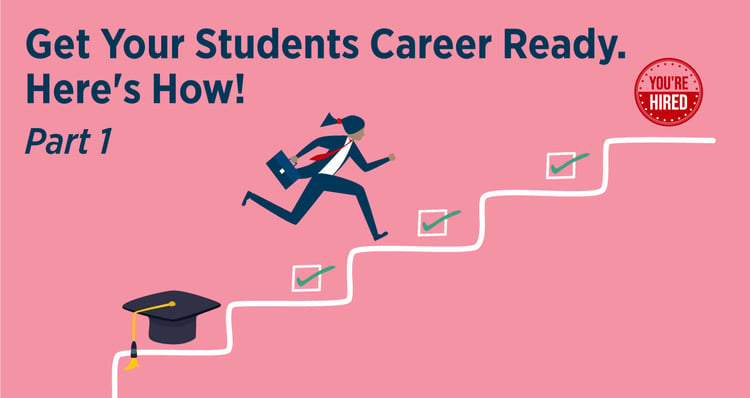
Let’s talk about the messaging your institution uses to convince students and families that what you offer has value. Pretty simple stuff, right? Maybe not. You’ll appreciate the helpful checklist that follows in part 2 of this series. Think marketing differentiators in a competitive marketplace. You won’t want to miss it.
Opportunities to connect in person and hear our latest market intel:
- Join us in Paris Nov 8-10 at CIEE's 76th Annual Conference.
- Join us in Boston Nov 13-15 at PIE News Live.
Let us know if you'll be joining us (info@intead.com).
But first a story.
Ok, so you are up in front of your board of directors presenting your business growth and marketing plan. You and your team have been figuring this out for a while and last night was a late one as you worked together to put the finishing touches on your slides. There were still disagreements among your team, but you settled the issues and felt nervously ready.
Everyone has a speaking role but some on your team are stronger than others. Some don’t have appropriate clothes to wear for the presentation so they borrow something professional looking from friends. Some sway nervously back and forth and read their slides rather than engage with the very important board members. You realize early on in the presentation that the data presented on slide 7 is wrong. It doesn’t support your final recommendation. Maybe no one will notice.
It is your Marketing Business class final presentation to a mock board of directors and as first year undergrads, your team is anything but seasoned. Your final grade is riding on how your team performs.
Every semester for years now, I have had the honor of judging the final marketing analysis presentations of undergraduate students in a marketing business class at Suffolk University. A good friend of mine there teaches the class and gathers a set of judges from the biz to help the students get some real world feedback. Each judging session is as different as the teams presenting. It’s a blast for us, the judges. Nerve racking for the students.
Recently, the department asked a few of the real-world judges for additional input and it truly impressed me. They wanted to hear from us as employers to understand what we look for in candidates as we hire. What tools should their students know how to use? What business concepts and approaches are critical to us as employers so their graduates will crush the interview?
That line of questioning is SO important for business programs that often focus so much on esoteric business theory and simplistic case studies while purporting to be all about the real world. As our Intead Advisory Board Member Hillary Dostal, global marketing advisor at Pegasystems, says: There is best practice and then there is actual practice.
This goes for your team, too. Read on…
Career Readiness 101: Our Take
We’ve been hiring here at Intead, looking for marketing talent to build our team at a variety of levels. The candidates who make it into the final rounds of interviews have a business mindset that shows dexterity, creativity, adaptability. And they have a set of skills using business tools that are important to marketing and business operations.
Real world activities do not follow best practice. Unless you are in a HRO setting (Highly Reliable Organization - think Emergency Departments and submarines where anything less than best practice costs lives), most don’t have the full staffing complement, the resources to pull off best practice. Most operations have so many distractions that the focus to achieve best practice is simply impossible. So, there is actual practice.
That’s where these student presentations and the additional feedback about what is going on in any real-world setting is so valuable to preparing students to think on their feet and learn how the theory plays out in practice.
That Suffolk University professors are reaching out and asking the important questions is fantastic. Students deserve no less.
But I do wonder, does this Suffolk University mindset reflect the way things are done on most campuses? I hope so. And I hope this post has got you thinking, too.
Career Readiness 201: Workforce Readiness
Next week we get right to the point with a practical workforce readiness 7-point checklist to help your institution support students’ career-readiness skills. And of course we include real-world tips for how your team responsible for student recruitment can leverage this work to support enrollment.
Intead's blog subscribers receive notices every time we share our intel. Are you on the list?



